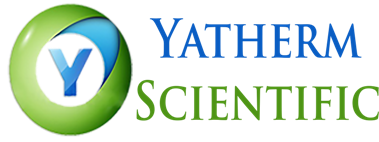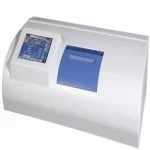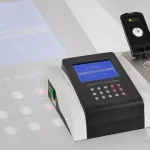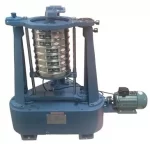A spectrophotometers, also known as UV spectrophotometer, is a type of equipment primarily used to study electromagnetic spectra in the lab. It is more detailed and precise than the wider term electromagnetic spectroscopy where spectrophotometry is focused on the near-infrared, near-ultraviolet and visible light. The implementation of the time-resolved spectroscopic techniques is common in electromagnetic spectroscopy while spectrophotometry doesn’t support them.
Spectrophotometry is concerned with determining the intensity of light as a function of the color. To be more precise, it helps to measure the wavelength of light. Measuring the spectral bandwidth and linear range of products are the major traits of spectrophotometers. Although the primary application of this equipment is to measure the light absorption, it can also be used to calculate diffuse or specular reflectance.
Apart from handing the responsibilities in the field of physics, UV spectrophotometers are also designed with dealing with other scientific fields like molecular biology, biochemistry, and chemistry. It also finds its place in a range of other industrial applications that include printing as well as forensic examination.
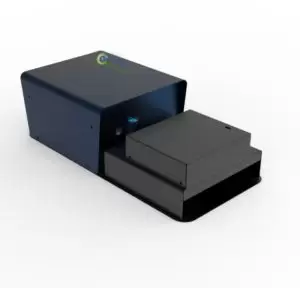
Classes of Spectrophotometers
UV VIS Spectrophotometer
Ultraviolet-visible spectrophotometers, also known as a UV spectrophotometer or a UV Vis spectrophotometer, are used to measure the optical properties of samples in the ultraviolet. The primary responsibility of UV Vis spectrophotometers is to measure the wavelength ranges of light that passes through a sample and how it is absorbed.
This equipment could help to scan either variable or fixed wavelengths and are primarily available in two classes – single and double beam spectrophotometer.
Although both the configurations share the same basic principles, V-Vis spectrometers differ majorly from the first DUs.
Double-Beam UV-Vis Spectrophotometers
In double beam UV-Vis Spectrophotometers, the division of energy that comes from the light source is taken place into two directions with a half mirror, while allowing the one to pass through the reference side and the second one through the sample side making sure that both gives the reading simultaneously.
In general, these instruments are common in clinical and research laboratories where the functions like wavelength scanning, kinetics, quantitative analyses as well as DNA and Protein analysis are taken care of. Some of the major features of the instruments include sample changers, self-test diagnostics for GLP instrument performance validation, method storage, on-board software, and long lamp life. Automatic sippers, tube adaptors and temperature control are the specific application needs for which optional accessories also come in the market.
UV Spectrophotometer Vs Visible Region Spectrophotometer
The utilization of visible region spectrophotometer is common in colorimetry science, while the utilization of a UV spectrophotometer is majorly concerned with determining UV-visible wavelengths. The data obtained through colorimetry is a major prerequisite of textiles vendors, printing companies and ink manufacturers.
Ultraviolet-Visible (UV spectrophotometry) is designed to conduct the spectroscopy of photons in the UV-visible region. This clears that only the visible and adjacent ranges of light come into action for the task. The instrument used in the process is the UV spectrophotometer instead of opting for a visible region spectrophotometer.
